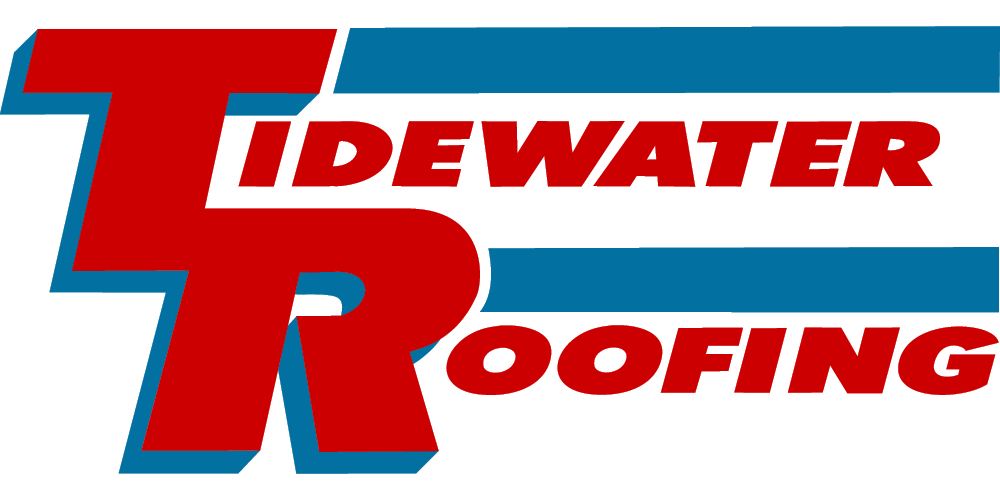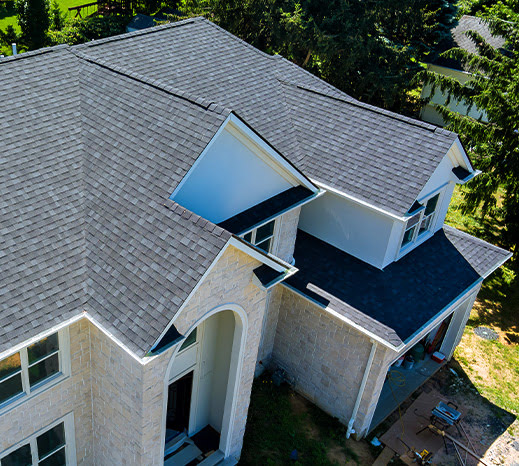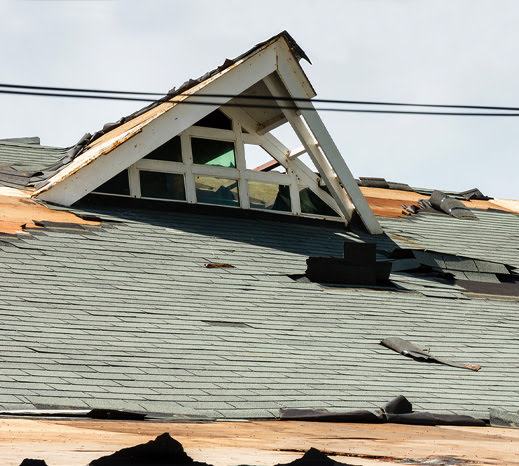From shoddy installation to weather conditions, several factors can lead to water getting into your home. It’s important to identify the problem an...

From shoddy installation to weather conditions, several factors can lead to water getting into your home. It’s important to identify the problem and stop the damage at its source. Even a tiny leak can cause significant damage to both the interior and exterior of your home or business.
Whether the repair is minor or major, the best course of action is to contact a trusted roofing contractor. This ensures the repairs are done correctly and that the problem doesn’t return.
Needing a repair on your roof can be stressful. Just wondering about the cost, the damage, and what happens next is a burden in itself. Fortunately, Tidewater Roofing has the know-how to get the repair done with transparent pricing and financing.
It isn’t always easy to identify the trouble spots on your roof, but here are some of the most common causes of leaks.
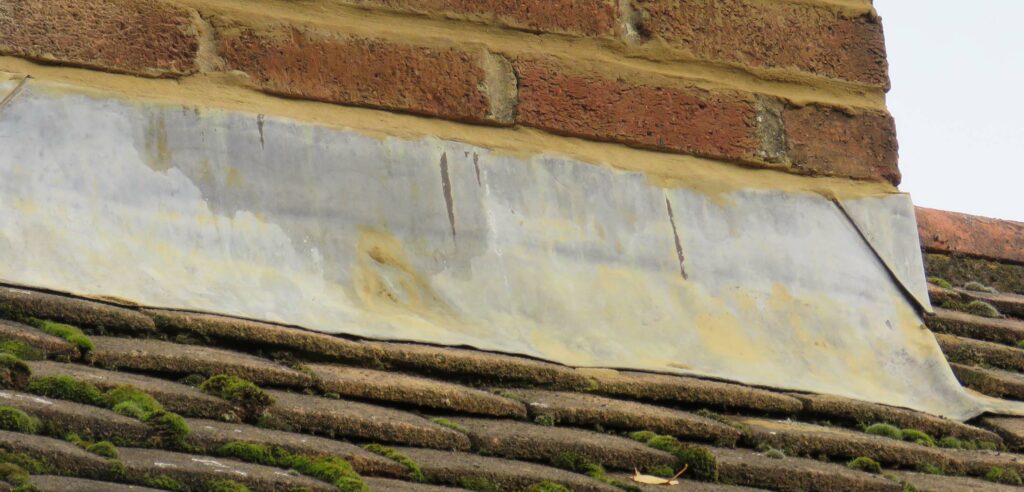
Improperly Installed Flashing on Roof Fixtures
Flashing is a protective, water-resistant barrier installed on places of your roof that are more susceptible to leaks, such as joints and valleys.
Roof fixtures that penetrate the surface of a roof, such as chimneys and plumbing vents, require expert flashing to ensure the water stays out. While many vents are self-flashed and designed to be installed easily amongst your shingles, some call for a more customized approach.
A chimney, for instance, should be flashed in a way that keeps water flowing toward the edge of the roof. When flashed improperly, a chimney can act as a dam where debris can build up and hold moisture. Over time, the sitting moisture erodes the shingles and inevitably finds its way into your home.
A quick scan of your roof for pooling water or accumulated debris can help you identify potential trouble spots!
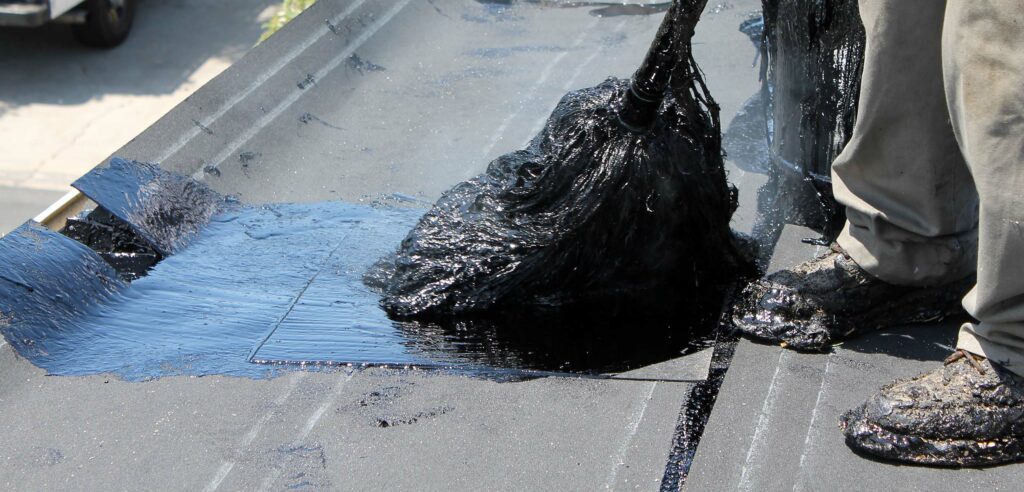
Too Much Tar!
Roofing cement has many practical uses and can certainly help in a roofing emergency. Too much of it, however, will start working against you. This is one of the most common leak-causing problems, and it’s usually a reflection of a roofer’s experience level.
Less experienced roofers will often use an abundance of tar when they are unsure of the correct procedure. Usually, this malpractice can be found around heat stacks, chimneys, and vents.
A buildup of roofing cement around vents can stop water from shedding properly. If it’s done poorly enough, it can even cause pooling. Any sitting water on your roof will slowly but steadily erode the shingles and cause leaks.
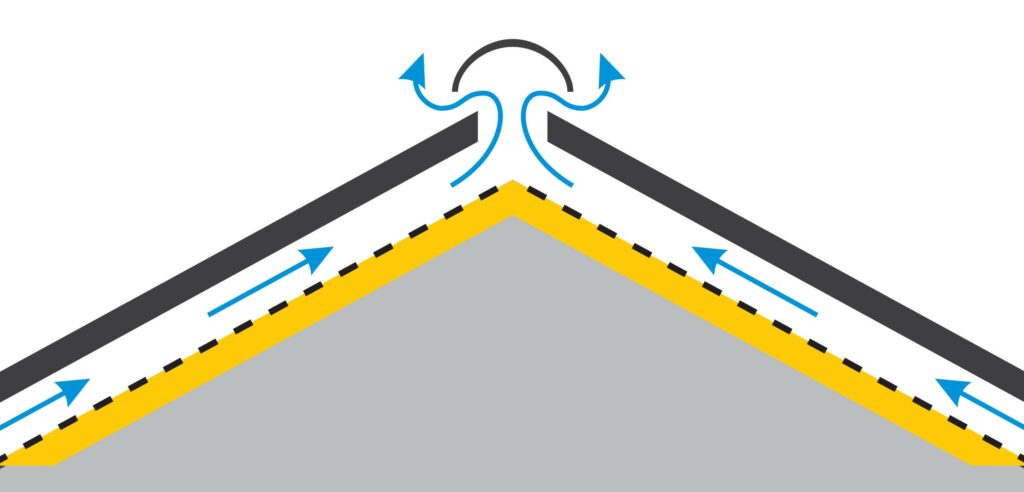
Improper Ventilation
Condensation Buildup
Poor ventilation on a roof can lead to a buildup of condensation in your attic. Without proper ventilation, that water vapor has nowhere to go, so it stays and begins to rot the roof deck and trusses.
If you have a vapor barrier in your attic, the water will pool and slowly flow to the nearest drain channel. Water stains and damage around light fixtures are often signs that condensation is building in your attic.
Trapped Heat
If your interior tends to get extremely hot in the summer months, this is another sign that your roof ventilation is not up to par. Much like condensation, warm air rises into your attic and gets trapped. Slowly, this increases the internal temperature of your home. If you’ve got AC at home, this is a nightmare for energy efficiency.
Ice Damming
Trapped heat can melt snow on the roof deck during the winter months. The water from the melted snow refreezes closer to the roof’s edge and creates an “ice dam.” Over time, an ice dam will destroy your bottom rows of shingles and start to rot the plywood underneath.

Damaged or Missing Drip Edge
What Is a Drip Edge?
Drip edge is a metal flashing installed underneath the shingles along the edge of your roof. The flashing stops water from wicking up the underside of the shingles and onto your roof deck or fascia boards. Instead, it guides the water into the gutter where it can’t do damage.
Common Problems
A bent or damaged drip edge can redirect water behind the gutter and onto the fascia board. This causes rotting and unwanted drips on sidewalks, entryways, and driveways. Fortunately, it can be replaced easily by a professional installer.
In rare cases, a drip edge may not even be installed! This is more common in older installations as they are now required by most building codes in North America. On buildings without a drip edge, you can expect to find water damage along the edge of the roof and possibly inside the house.
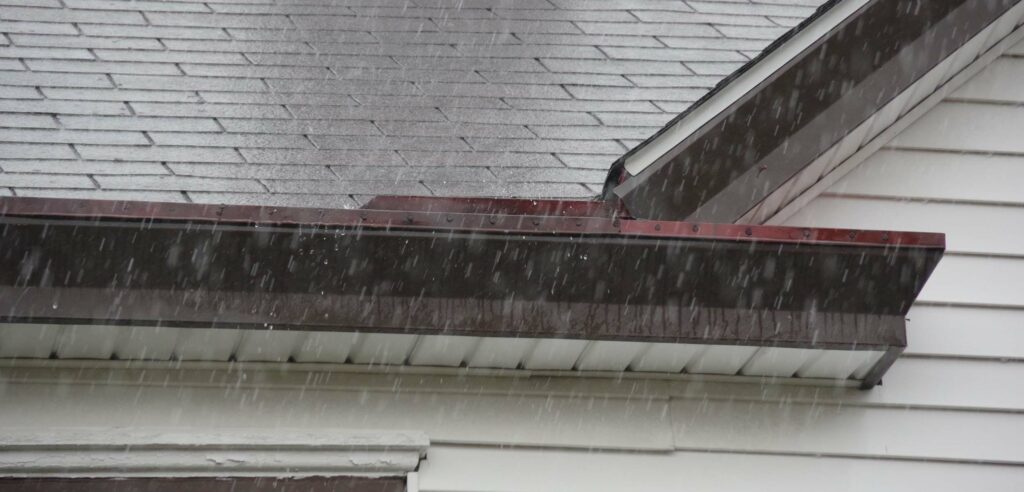
Wear & Tear on Your Shingles
Shingles withstand a lot of pounding from the elements, so normal wear and tear will occur. But these conditions can lead to leaks over time, particularly on an aging roof. Look out for these signs that your shingles are getting near the end.
Sunlight
Direct sunlight slowly deteriorates the asphalt in a shingle. Although shingles are manufactured with granules to help protect the asphalt, weak points can still occur. Falling debris, hail, and foot traffic will contribute to more vulnerable shingles.
Wind
Strong winds can wreak havoc on a rooftop. Shingles that are not fastened correctly can easily be blown off, leaving exposed areas on your roof. Debris caught in the wind can also cause damage to your shingles and even puncture your roof in more severe cases.
Hail
Hailstones cause the most in-your-face damage to a shingled roof. They chip away granules, leaving asphalt exposed to the sun. Large hailstones can even break off chunks of your shingles, weakening your roof's overall integrity.
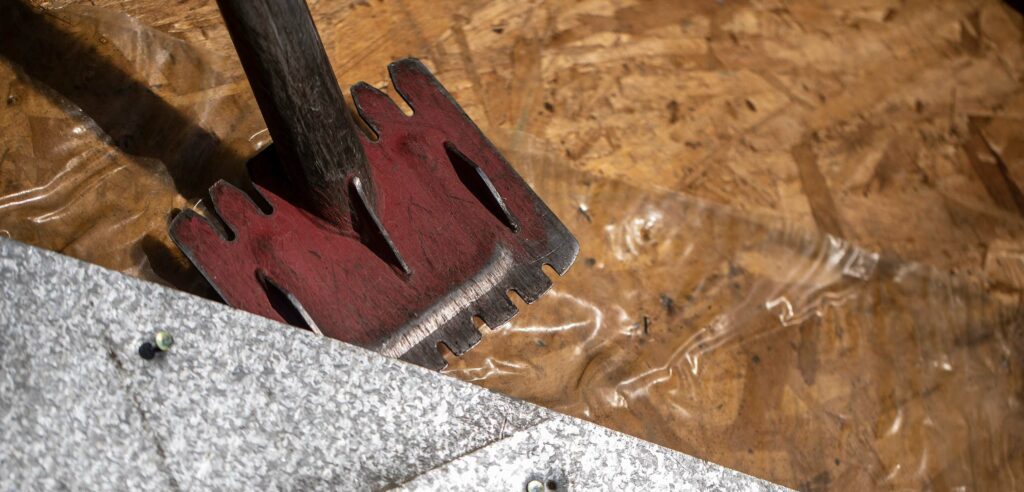
Poor Shingle Installation
Unfortunately, every industry faces problems with poor workmanship. Roofing is no exception, and seemingly simple shortcuts can have big consequences. Interview your roofer before the work begins, to make sure you’ve got a reliable contractor.
Poorly driven nails give water a direct passage into your roof. If the nail is not driven far enough, it wears through the shingle above it, creating a hole. On the other hand, a nail driven too far has no hold on its intended shingle, and the wind can easily rip it off.
Some roofers try to skimp on nails when installing shingles. Shingles can blow off in high winds if the correct amount of nails is not used. When shingles aren’t nailed properly, it’s only a matter of time before your roof is exposed to the elements.
A big part of making sure your roof replacements and repairs can withstand the weather is hiring a reputable roofing contractor who guarantees workmanship.
Valleys Are Worn Out or Sealed Incorrectly
A roof valley is where two slopes of a pitched roof meet. These seams are the highest traffic area for water on top of your structure. Any problems that happen along these channels have the potential for serious damage.
Valley Flashing
A metal valley flashing can be dented by debris and hail. Thermal expansion and contraction can turn those dents into holes. Even a small pinhole in a valley will allow enough water to cause severe damage to your building’s interior. Especially if there are any tears or weak spots in the underlayment.
Debris Buildup
Any debris that builds up in a valley will slow water flow. If the water slows enough, it can start to work its way under the shingles and the valley underlayment. Valleys located underneath trees are the most susceptible to this kind of buildup. Pine needles are particularly pesky for this, as they can build up quickly and tightly.
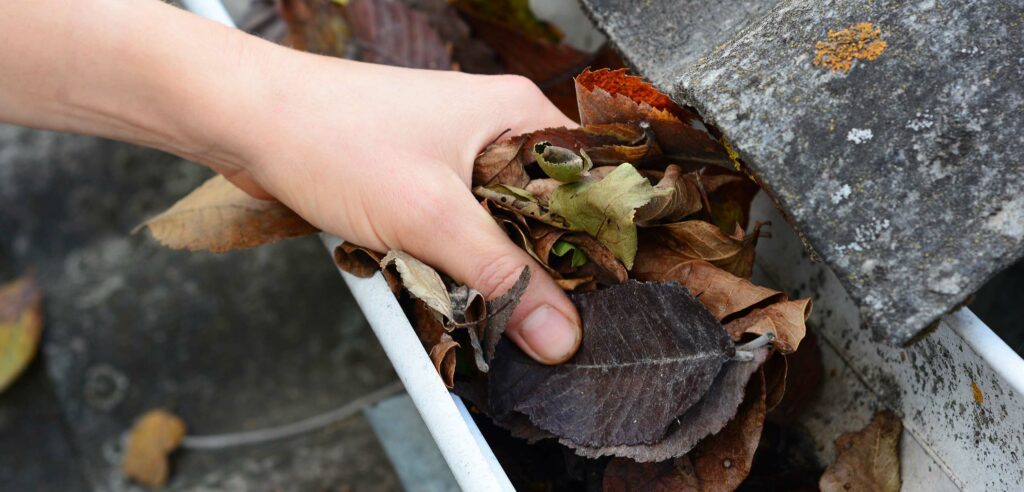
Clogged Gutters
Water overflowing from a clogged gutter can begin to rot your fascia boards. With enough time, the rot can spread onto roof trusses and even to the interior of your house. When checking for the source of a leak, this is a good place to start.
It’s important to note that an eavestrough full of water is heavy and can be hazardous to people and assets underneath. This is especially true if the fascia board is rotten or beginning to rot. The best practice is just to keep those gutters clean!
Here’s some more information about when and how to keep your gutters flowing freely.
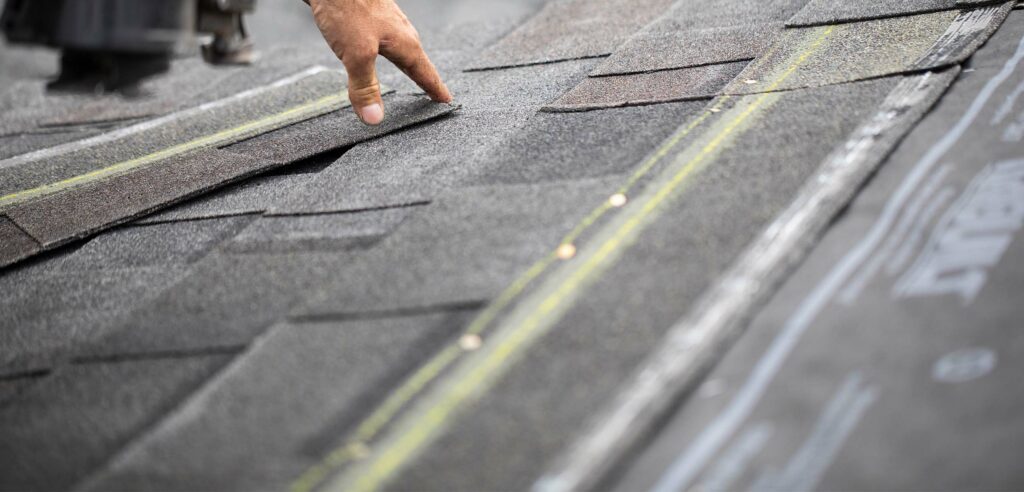
Improperly Installed Starter Shingles
Starter shingles are laid down at the edge of a roof, underneath the first row of regular shingles. They have a tar strip that adheres to the shingles at the edge of a roof and helps hold them down in windy conditions.
A starter shingle is installed with a slight overhang at the edge of the roof to allow water to shed easily. Starter shingles must be aligned correctly—or they are likely to blow off, exposing a portion of your roof.
One installation error that occurs is the starter shingles being laid-in flush with the roof's edge. While it’s rare, this error will almost guarantee a leak. Even with a drip edge installed, water can easily wick onto the bottom of the starter shingle and start soaking the roof deck. Eventually, you’ve got a leak on your hands.
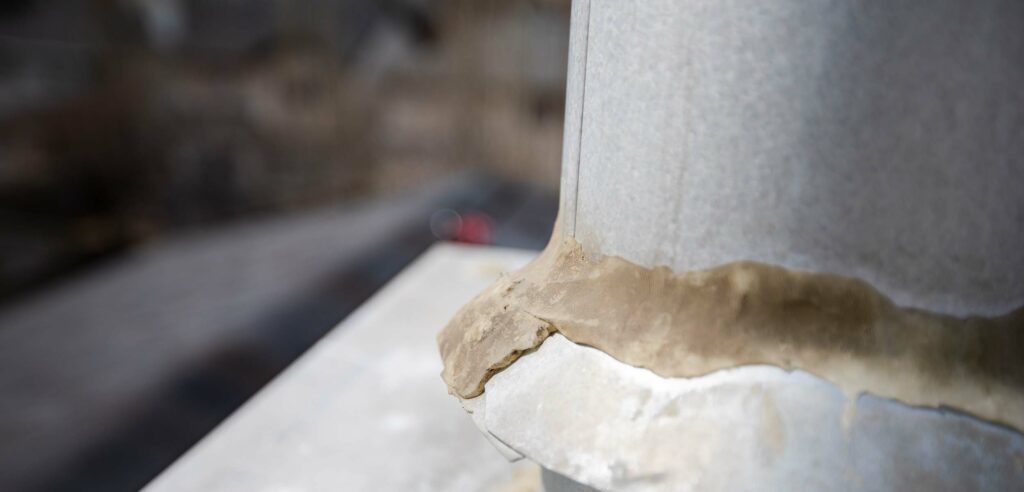
Failing Pipe Boots
Deteriorating pipe boots are a common cause of leaky roofs. Pipe vents protruding from your roof act as plumbing exhaust for gasses and odors. The pipe flashing (or boot) is used to seal this pipe where it exits your roof.
Not a lot of thought is given to the pipe boot, and it’s usually the most cost-effective boot option that gets installed on your house. This wouldn’t be a problem, except the life expectancy of a lower-quality pipe boot is often far shorter than that of the roof it’s on.
Much like asphalt shingles, the gasket used to seal the plumbing vent gets deteriorated by direct UV rays from the sun. It dries, begins to crack, and eventually starts to break away. This leaves a clear path for water to get in. Any leaks that you’ve detected near a bathroom could be related to a failing pipe boot.
Limit Your Leaks with Reliable Roofing
Detecting a leak isn’t always difficult, but identifying the source can be. An aging roof battered by winds and rain will eventually need care and maintenance to prevent leaks. An annual inspection from a trusted roofing specialist should be your first step.
A roof replacement or installation done the right way will help prevent leaks down the road. Tidewater Roofing ensures stress-free, reliable service, and you can rest easy knowing your repair is guaranteed.
